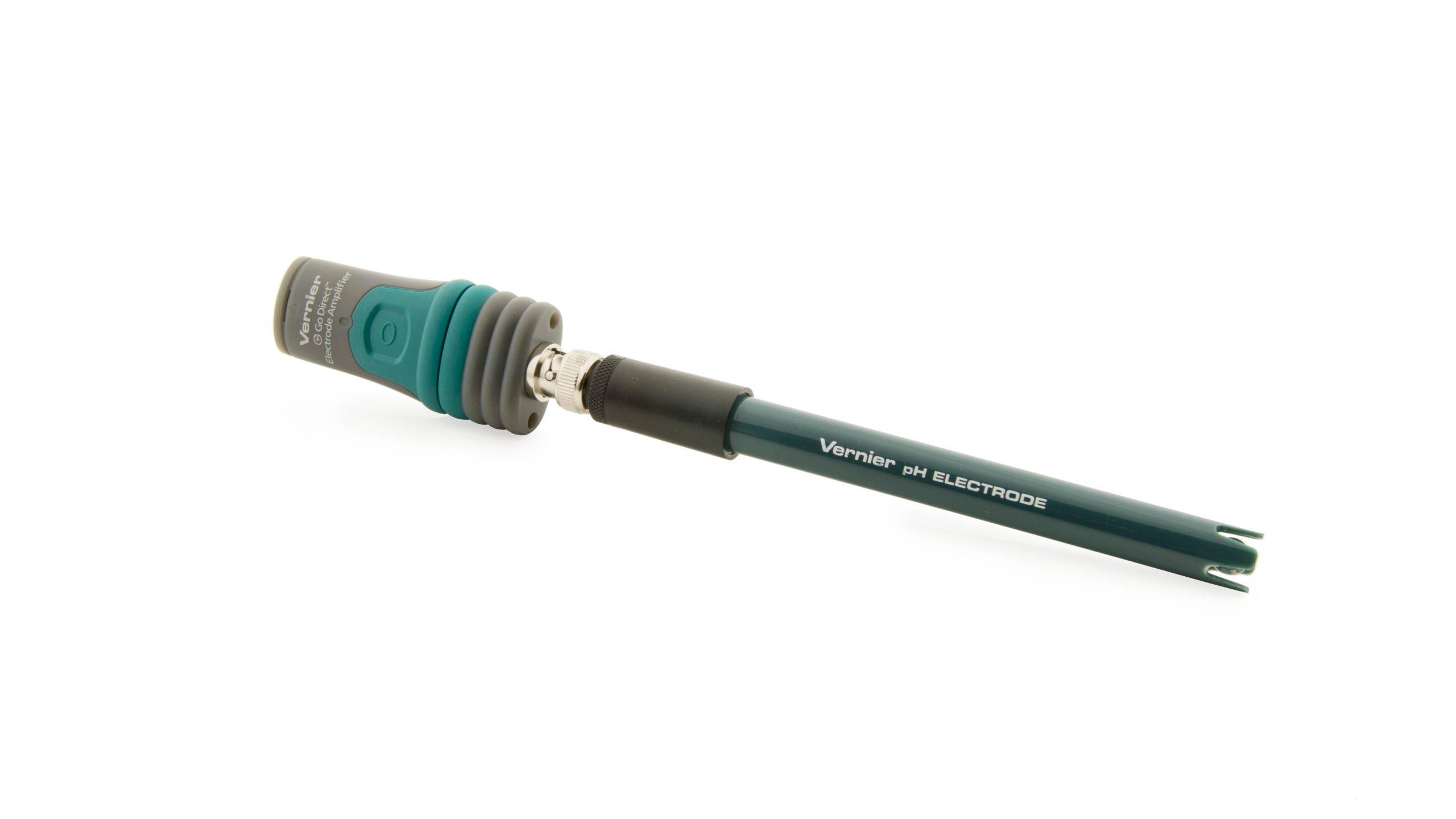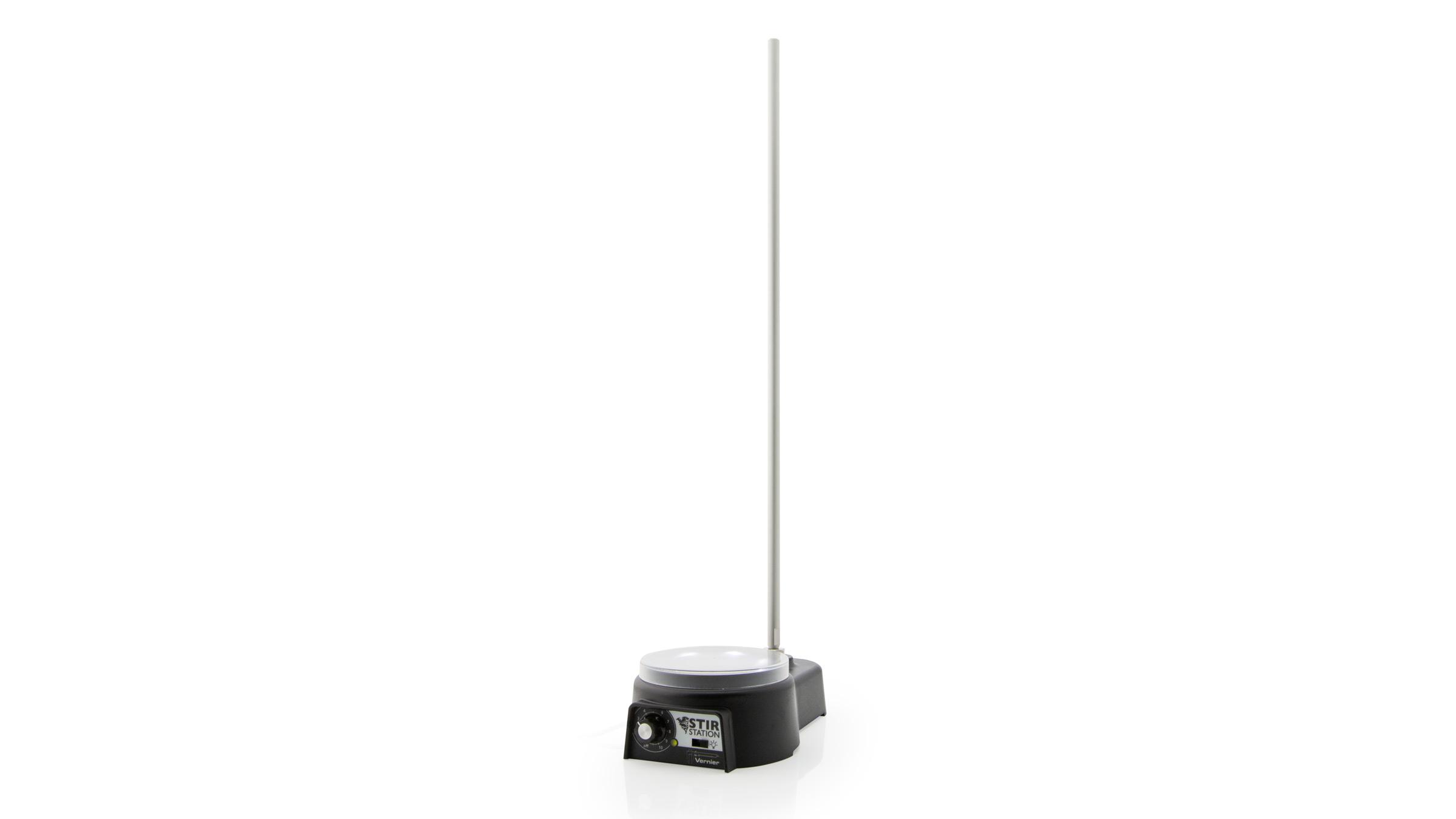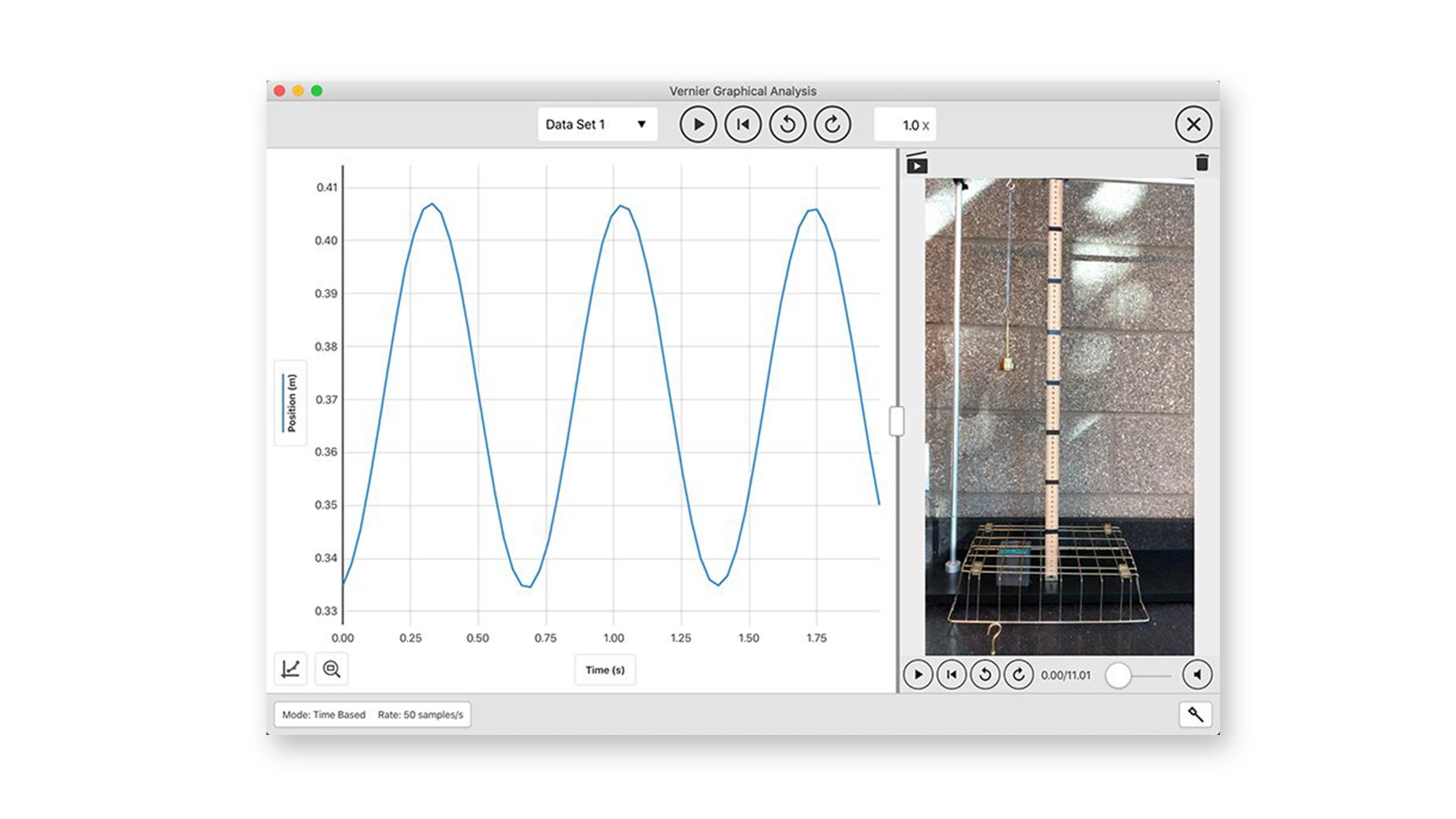
Introduction
The detectives would like to know the mass of sodium hydroxide (lye) pellets that was added to the bottle of makeup remover. The volume of the bottle is 13.5 fl oz and was nearly completely full when recovered by the crime scene techs.
To do this analysis you will use a chemical process called an acid/base titration. The reaction of an acid and base is commonly called a neutralization reaction. When an acid and base react, the pH of the solution will change. The exact point of neutralization will be determined from the graph of pH vs. the volume of one of the known solutions added to neutralize the other.
You will react a carefully measured volume of makeup remover with an acid of known concentration. During the titration you will monitor and graph the change in pH as you carefully add an acid of known concentration. This will neutralize the sodium hydroxide in the makeup remover.
Objectives
- Use a pH sensor to monitor changes in pH as sodium hydroxide solution of unknown concentration is titrated with hydrochloric acid solution of known concentration.
- Plot a graph of pH vs. volume of sodium hydroxide solution added.
- Use the graph to determine the volume of hydrochloric acid added to reach the equivalence point of the titration.
- Use the results to calculate the concentration of the sodium hydroxide solution titrated.
- Use the results to calculate the mass of sodium hydroxide added to the makeup remover bottle.
Sensors and Equipment
This experiment features the following sensors and equipment. Additional equipment may be required.
Correlations
Teaching to an educational standard? This experiment supports the standards below.
- International Baccalaureate (IB) 2025/Chemistry
- Structure 1.4.5—The molar concentration is determined by the amount of solute and the volume of solution.
Ready to Experiment?
Ask an Expert
Get answers to your questions about how to teach this experiment with our support team.
- Call toll-free: 888-837-6437
- Chat with Us
- Email support@vernier.com
Purchase the Lab Book
This experiment is #9A of Forensic Chemistry Experiments. The experiment in the book includes student instructions as well as instructor information for set up, helpful hints, and sample graphs and data.






